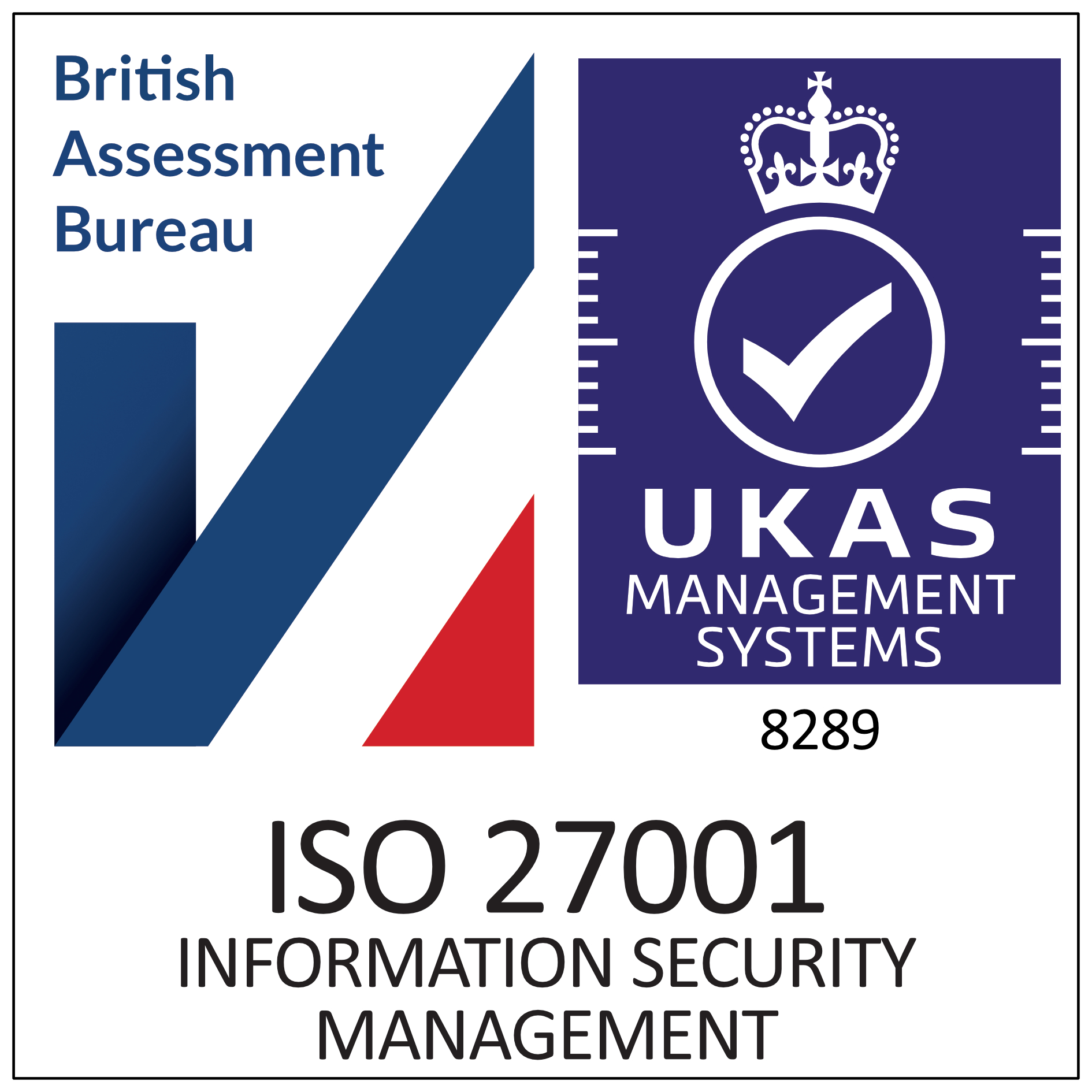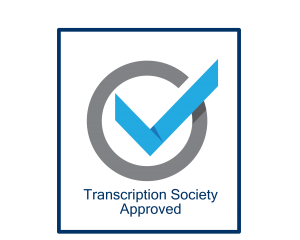Picture this. It’s 8:59 AM, you’re working from home, third coffee already in hand, nervously tapping your foot, eyes glued to the clock. The screen lights up at 9:00 exactly—a Teams notification ominously flashes, “Your auditor has joined the call.” Your pulse quickens, your palms sweat, and suddenly all your well-rehearsed plans for appearing calm and professional evaporate into a frantic scramble for documentation you definitely had ready… somewhere.
Welcome to the unique and thrilling adventure of surviving your first ISO 27001 remote surveillance audit. This isn’t just about ticking compliance boxes—this is an Olympic-grade exercise in calm-under-pressure, rapid-fire screen sharing, and digital organisation skills that would put Marie Kondo to shame. If you’ve ever endured this uniquely modern experience, you’ll know the process is equal parts nerve-racking, absurd, and somehow—if you’re very lucky—reassuringly mundane.
First Things First: A Remote Audit, You Say?
For those blissfully uninitiated, ISO 27001 audits, specifically first-year surveillance audits, involve an auditor meticulously combing through your Information Security Management System (ISMS) documentation, processes, and controls to confirm you’re actually practising what you enthusiastically promised a year ago (and haven’t just been pretending to do for twelve months straight). Now, thanks to hybrid working, these audits increasingly take place remotely, via video conferencing—a fact that can escalate your anxiety levels considerably.
Gone is the buffer-zone offered by the office tour or the mid-morning tea and biscuits. Instead, you’re plunged straight into a relentless screen-share of your document repository—revealing file-naming conventions you definitely made up on the spot, like ISO27001_Audit_Doc_Final_Defo_Final_We_Think.docx.
Preparation: Or How to Panic-Prep in Style
If you thought you’d experienced panic before, nothing compares to realising the night before your audit that your lovingly crafted Information Security Policy is actually version 7, but the link you provided the auditor points to version 5, circa 2021. As the horror sinks in, your Friday evening swiftly turns into frantic clicking, hyperlink editing, and half-hearted muttering about “SharePoint permissions,” all accompanied by a generous glass—or three—of Merlot.
The experienced auditor, with laser-like precision, invariably zeros in on the one document you didn’t triple-check. It’s almost impressive—were it not so traumatising. “Could you just show me your Risk Treatment Plan again?” they innocently ask. You nod confidently while internally shrieking at your past self, who foolishly decided the best place to store sensitive risk assessments was in a folder cryptically named ‘Admin stuff.’
Technical Difficulties: “Sorry, Can You See My Screen Now?”
It’s not truly a remote audit without a dance of technical mishaps. Mid-audit, your meticulously prepared documents stall, freeze, or worse—reveal the embarrassing wallpaper on your desktop featuring cats playing poker. Auditors, generally patient beings, will graciously wait as you feverishly apologise: “Hang on, just… restarting Teams. Oh, sorry, bear with me. Can you still hear me? Wait—no, my mic’s muted isn’t it?”
Risk Registers and the Battle Against Jargon
Every ISO 27001 surveillance audit brings up a dreaded beast: the risk register review. Here’s where you suddenly realise the lengthy Excel spreadsheet of risks (created optimistically many months earlier) appears utterly incomprehensible today. What exactly were you thinking when you wrote “Potential leakage of data due to disgruntled badger?” Did you mean ‘badger’ literally, metaphorically, or had that late-night data protection webinar simply broken you?
Desperately trying to sound credible, you launch into an explanation peppered liberally with acronyms—”RPOs,” “RBAC,” “MFA,” and “SSO”—hoping the auditor won’t notice you’re buying time to decode your own baffling notes. Meanwhile, your colleagues in the Teams chat silently and mock your plight, sending gifs of confused badgers.
The Curse of Evidence Requests: The Endless PDF Parade
Then come the document requests—the inevitable “Please provide evidence of the management review meeting held 6 months ago.” Panic. Your mind races: Did we ever have any of those? Relief floods in when you remember the hastily scheduled Teams call labelled “Management Catch-up,” hastily converted to “formal management review” minutes later. Repackaged into a polished PDF bearing today’s date, you smugly present it, praying no one notices the suspicious lack of action points beyond “Discuss next meeting date” and “Buy biscuits.”
Data Security Theatre: “Of Course, We Take It Very Seriously!”
No ISO 27001 audit is complete without the inevitable conversation about data privacy and security. Confidently, you assure the auditor that passwords are robust and encryption standards top-notch, all the while secretly cringing, recalling Dave from HR’s password: literally “password123” scribbled neatly on a post-it note stuck to his laptop screen, visible during yesterday’s call.
Yet, like magic, the auditor somehow seems satisfied—or at least resigned—to accepting your earnest reassurances. After all, it’s only year one surveillance; surely everyone improves by year two?
The End is Nigh—But Wait, One Last Question!
As the audit draws to a close, you’re exhausted but cautiously optimistic. Then, the auditor leans forward conspiratorially and asks the dreaded, “Anything else you’d like to share?”
Don’t panic. You pause briefly, suppressing the urge to blurt out “Yes, can we stop with the madness of ISO 27001?!” Instead, you smile professionally, confidently uttering the universally safe answer: “Nope, all good here!”
Post-Audit Reflections: Was It Really So Bad?
After the call finally ends and you slump back into your chair, exhilarated, the sense of relief is immense. You survived! No data breaches unearthed. No documents inexplicably missing.
And, strangely, you realise the whole process wasn’t quite as terrifying as anticipated. It was oddly satisfying—even humorous—afterwards. Plus, thanks to the sheer panic-induced cleaning-up of your shared drive, you’re finally more organised (at least until next year).
Embracing the Inevitable
Ultimately, the remote ISO 27001 surveillance audit is part comedy, part tragedy, and wholly human. Companies across the UK undergoing similar processes inevitably find camaraderie in these universal challenges. So, whether you’re about to endure your first audit or have recently emerged battered yet triumphant, rest assured: you’re definitely not alone.
After all, maintaining ISO 27001 compliance may seem daunting, but the real joy lies in celebrating small victories—such as successfully proving that the only ‘badgers’ in your network were metaphorical after all.
Congratulations. You’ve survived your first ISO 27001 remote audit. Now, perhaps, reward yourself with a reassuring cuppa and be grateful to all those clients who insist on you having an audited & accredited ISO 27001 system – thank you one and all!









